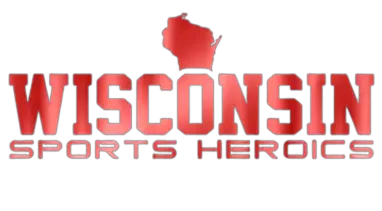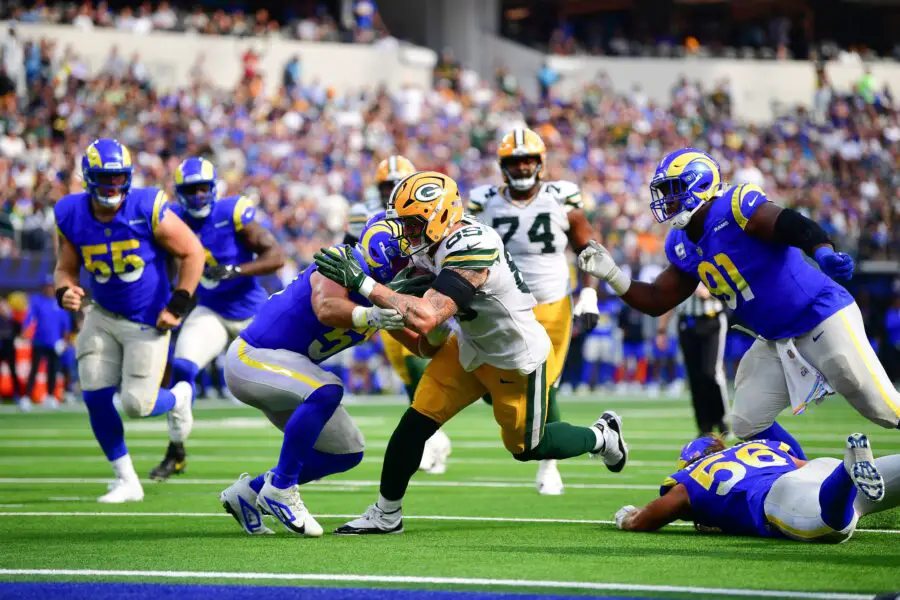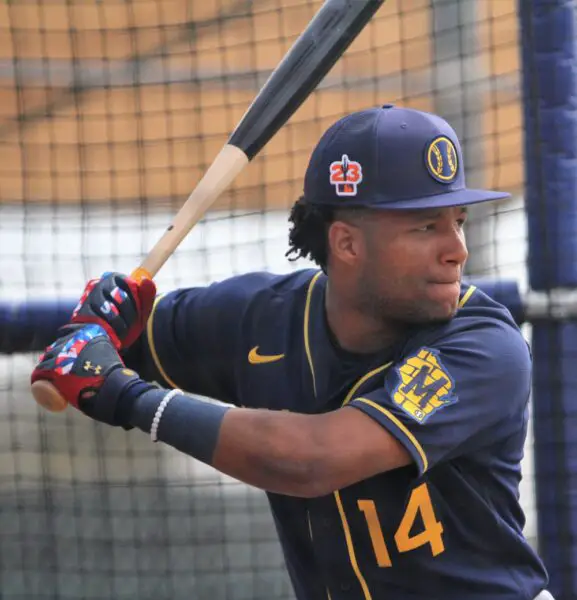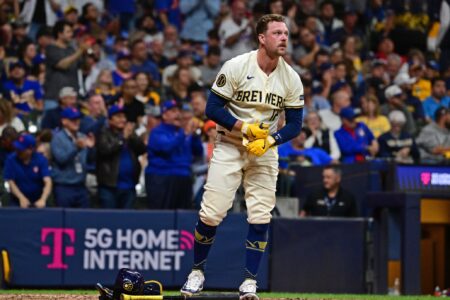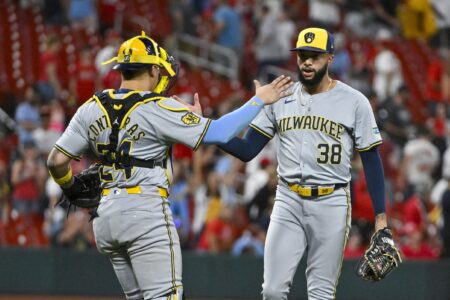The Economics of Baseball
It is well understood that the revenue structure of Major League Baseball leads to competitive inequity. For smaller market teams, the lack of funding from an owner or a small TV deal makes everything in the team building process harder. Signing top free agents and extensions to currently rostered players alike becomes far more difficult for a team with limited financial resources, as compared to one of the mega markets of Los Angeles or New York. And while the MLB remains the only of the “Core Four” sports leagues without adopting revenue sharing (see: the NFL, NBA, and NHL), this leads to competitive imbalance on the basis of a club’s financials.
Until this process changes (which it may with the implications of the Bally Sports bankruptcy), the Milwaukee Brewers will have to think economically (see: Moneyball) while trying to field a competitive team. Considering the club will owe 2018 MVP Christian Yelich $26M a year through 2028, the Brewers will need to be savvy with every dollar they spend. And, they should look to the franchise formerly of Milwaukee for the model on how to do so: the Atlanta Braves.

How the Braves Have Cheaply Secured Talent
Make no mistake, the Atlanta sports media market is not a small market, and are owned by Liberty Media, the same group behind Formula One racing and SiriusXM radio. Needless to say, money is not an issue for the Braves. Despite this, the Braves have been signing their top prospects to long term deals at modest average annual value (AAV). Younger players are often incentivized to sign these deals and guarantee their earnings, and the club benefits from getting them at a lower AAV than after they were to accrue significant service time, All-Star appearances, and/or league-wide recognition.
The Braves have fully adopted this approach, as a bulk of their talent has signed deals stretching into the late 2020s if not the early 2030s. The deals they’ve made with their developed talent has additionally allowed them to secure players from outside their organization, like C Sean Murphy and 1B Matt Olson, both acquired via trade before extension. Should aces Max Fried (2024) and Kyle Wright (2026) be extended, the Braves will have shored up a trio of starters akin to the iconic 1990s Braves alongside an omnipresent offense.
How to keep a core together, by the @Braves.
– Austin Riley, through 2032
– Matt Olson, 2030
– Michael Harris II, 2030
– Ronald Acuña Jr., 2028
– Vaughn Grissom, 2028
– Ozzie Albies, 2027
– Spencer Strider, 2027
– William Contreras, 2027
– Kyle Wright, 2026
– Max Fried, 2024— Jeff Passan (@JeffPassan) August 17, 2022
While these contracts carry risk of injury or talent not panning out, the assumption that some of these contracts may not work out is negated by the tradability of such contracts, and having more resources available to make up for the weak points if necessary. At worst, they wind up in the same financial spot as the traditional approach from a club with more total players available to them, having guaranteed a novel upside that is sure to pay some dividends for years to come.
How the Milwaukee Brewers Should Follow Suit
With the Brewers annually looking to field a competitive team for “a bite out of the apple” despite their budgetary constraints, this economic approach to baseball should become the guiding mantra for the Brewers front office. Especially considering their abundance of young outfield talent, the Brewers have an opportunity to sign an offensive core to play together through the remainder of Yelich’s contract (2028 with 2029 mutual option) and beyond.
The Brewers have slightly adopted this approach already with club-friendly extensions of starting pitchers Freddy Peralta (2024 with club options in 2025 and 2026) and Aaron Ashby (2027 with club options in 2028 and 2029), they need to do this more frequently, especially for position players. If the Brewers were going to do this for just one more player, they should look no further than OF Jackson Chourio. He is currently the #1 overall prospect in all of baseball at just 19 years of age: the youngest player in all of AA, a staggering 4.7 years younger than the average AA position player.
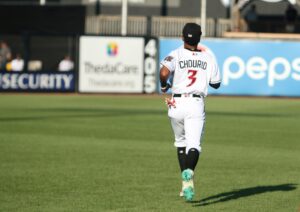
Fellow OF and flex Sal Frelick would be right behind Chourio in the stacking order to extend, as securing the speed, contact, and versatility for a club that has seemingly always been dependent on the home run ball would provide a much needed balance to the offense. Further deals with the likes of Garrett Mitchell (out for the season with a shoulder injury), and Joey Wiemer should be considered in the near future as well. The sooner the Brewers adopt this approach, the sooner the club can realistically find themselves in a situation where the talent they are able to field is able to contend with the perennial spenders despite the economics of Milwaukee.

For More Great Wisconsin Sports Content
Follow me on Twitter at @Im2Fast_4U and follow us @WiSportsHeroics for more great content. To read more of our articles and keep up to date on the latest in Wisconsin sports, click here! Also, check out our merch store for some amazing WSH merchandise!
